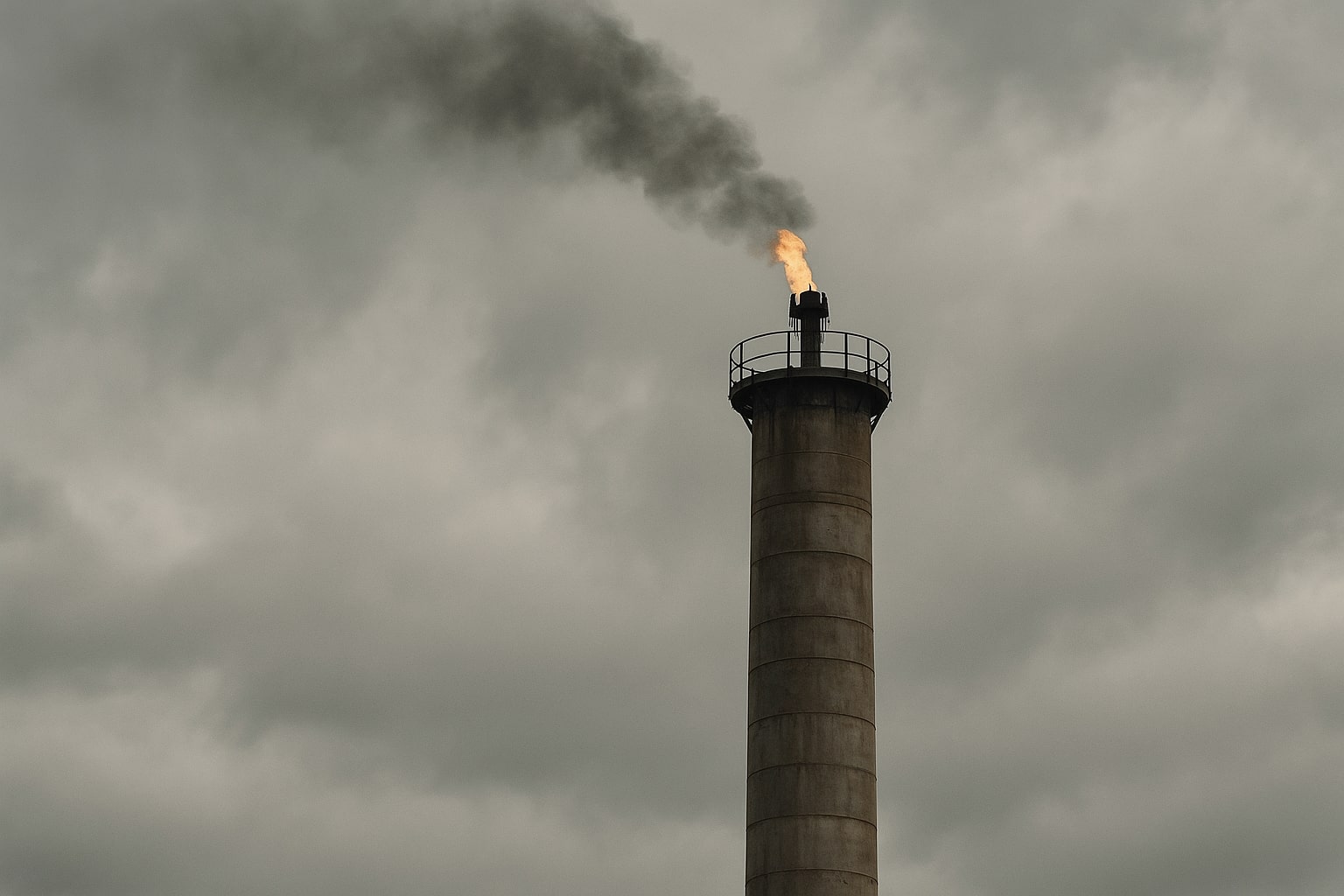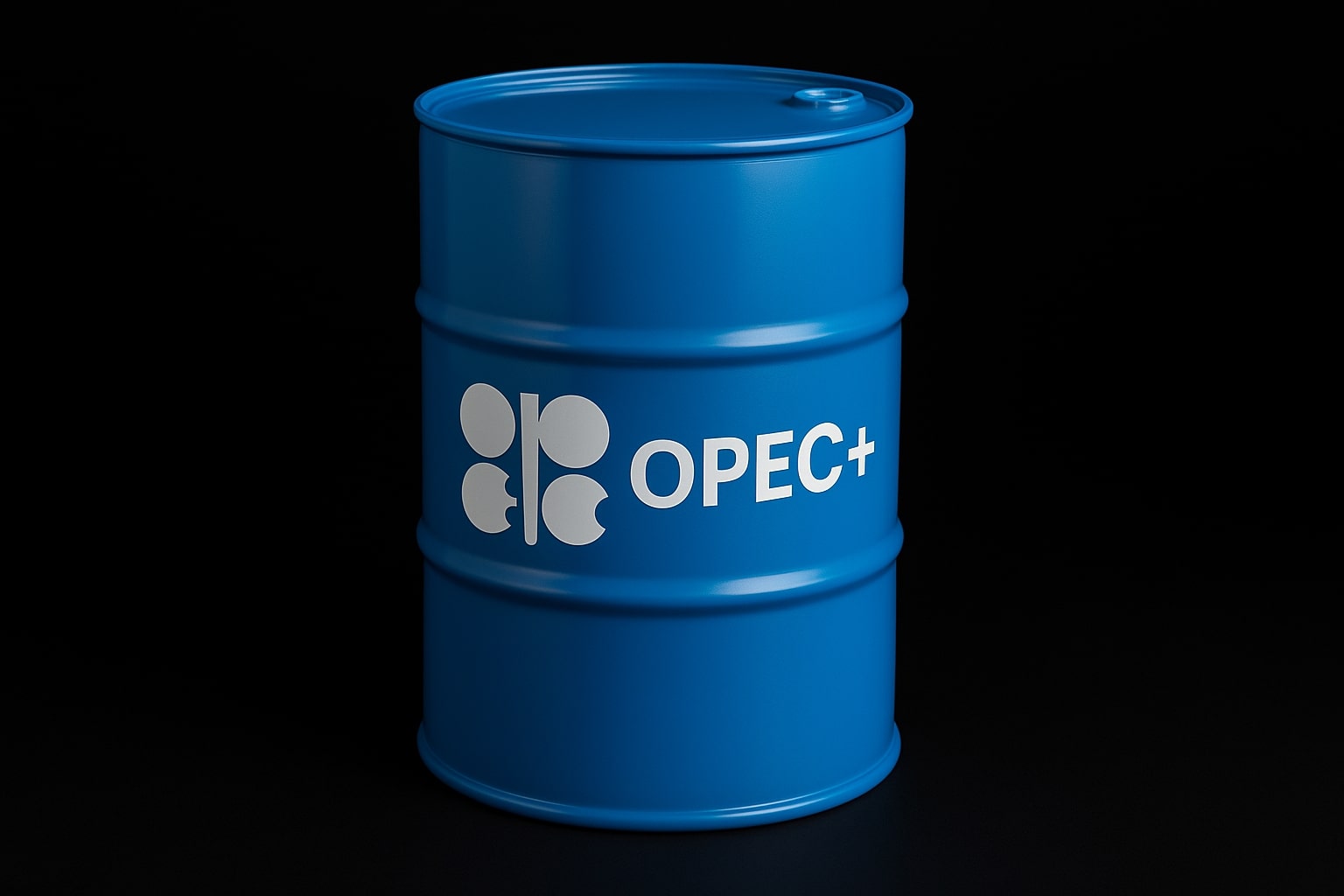
Natural Gas Prices Face Pressure: Can NG-USD Hold Above $3.423 or Will It Fall Further?
How will natural gas prices react to fluctuating supply and demand dynamics in the coming weeks? Will NG-USD hold steady above $3.423, or is further downside expected? | That's TradingNEWS
Natural Gas Prices Struggle Amid Fluctuating Market Dynamics and Seasonal Trends
The price of natural gas has been on a fluctuating trajectory as markets react to varying dynamics. The most recent data points highlight a dip in NG=F futures, down 0.29%, bringing the price to $3.457 per million British thermal units (MMBtu). This marks a continued struggle within the market as volatility prevails, leaving traders to question whether the upcoming months will bring a bullish reversal or further declines. Despite some positive signals early in the year, there are mounting concerns about weaker demand amid seasonal shifts and fluctuating global supply factors.
The natural gas futures have been challenged by weak technical indicators, including a series of consecutive bearish candles suggesting a loss of momentum for price growth. After testing a crucial level of resistance and finding it difficult to maintain upward movement, the market now faces strong downward pressure. The recent price movements demonstrate a typical pattern of pulling back after reaching the 50% Fibonacci retracement level from the previous sell-off at the top. This behavior aligns with broader seasonal trends, where demand for heating and cooling remains moderate, contributing to a generally weaker demand for NG=F.
Natural Gas Market Faces Bearish Pressure Amid Demand and Supply Imbalances
Looking at the NG=F chart, we see that natural gas futures continue to hover around the $3.45 level, supported by an ascending trendline and a significant demand zone near $3.423. However, this support level is becoming increasingly fragile. Natural gas has struggled to break above the $3.594 resistance, and the market shows signs of corrective action, with downward pressure from weakening demand and global supply chain fluctuations. A potential for a short-term bullish reversal remains, but the broader outlook seems to favor a continuation of the downtrend if support at $3.423 fails to hold.
The decline in prices this week could also be attributed to broader economic factors, including an unexpected increase in U.S. crude stockpiles. The U.S. Energy Information Administration (EIA) reported a rise of 3.5 million barrels in crude oil inventories, adding to the bearish sentiment in the energy sector. As oil and natural gas markets are often tied together, this increase in inventory could exacerbate the pressure on NG=F prices, leading to further declines toward the $3.50 level. As we approach more seasonal demand lows, natural gas futures are likely to test this critical support level before potentially heading lower toward the 200-day exponential moving average (EMA).
Market Sentiment Reflects Bearish Outlook for Natural Gas Amid Global Supply Dynamics
Several factors indicate that NG=F prices will likely struggle to break above key resistance levels in the near term. Despite the significant 64.6% increase in trade volume for Türkiye’s spot natural gas market, where 1,000 cubic meters of natural gas were traded for 13,643.20 liras, the global market remains cautious. International futures for liquefied natural gas (LNG) have also seen slight increases, but these gains have not been strong enough to offset bearish pressure in other regions.
For instance, the average price of LNG for delivery in East Asia remains relatively unchanged, hovering at $11.30/MMBtu, while prices in the Netherlands have increased slightly by 26 cents. This weak upward movement suggests that natural gas supply and demand dynamics are still in flux, with traders and investors watching closely for any major geopolitical or economic shifts that could influence pricing.
**Technical Outlook: A Test of Support at $3.423 and Beyond for NG=F
From a technical perspective, NG=F futures are showing clear signs of bearish pressure. The market recently bounced at the $3.423 support zone but failed to maintain upward momentum, causing a drop to $3.442. This price action has prompted many traders to question the sustainability of the bullish trend that led to a high of $3.594 earlier this year. Momentum remains neutral, but the structure suggests that a failure to reclaim $3.594 will likely result in further declines.
The key technical level to watch is $3.423; if this support level breaks, the market could quickly move toward lower levels. The first test would be around the $3.50 range, with further downside risk toward the 200-day EMA. While short-term bounces are possible, the absence of a solid reversal signal at these levels leaves the market in a more bearish outlook.
Natural Gas Consumption and Exports: Struggling to Maintain Previous Levels
Natural gas consumption in the U.S. continues to show signs of slowing, with total consumption down by 0.4% compared to the previous week. Power generation, in particular, saw a 0.8% decrease, and industrial consumption also experienced a modest rise. The U.S. exported slightly fewer natural gas volumes to Mexico and saw a decline in deliveries to LNG export facilities, further compounding the bearish outlook for natural gas.
Meanwhile, data from S&P Global shows that dry natural gas production in the U.S. decreased by 0.2%, a relatively small decline but still noteworthy given the overall weak demand for natural gas in the domestic market. With weak domestic consumption and a decrease in exports, the natural gas market is left vulnerable to further price declines unless there is a shift in global demand or supply-side dynamics.
Natural Gas Rig Count: A Marginal Increase Reflects Limited Future Upside
The natural gas rig count in the U.S. has increased by just two rigs, bringing the total to 101 for the week. This slight uptick in rig activity suggests that natural gas production will remain relatively stable in the near term, but it doesn't provide a strong catalyst for a significant rally in prices. With the market facing significant headwinds from both supply and demand imbalances, this modest increase in rig count likely won't be enough to shift the market's bearish trajectory.
Market Outlook for NG=F: Short-Term Decline with Potential for Future Rebound
The near-term outlook for NG=F remains weak as prices continue to face resistance near the $3.50 level. The recent failure to reclaim key resistance levels, combined with a general market trend toward lower demand and excess supply, points to a bearish trend in the short term. However, should the market find support at $3.423 and reclaim the $3.594 resistance, a short-term bullish reversal could be possible, though the broader downtrend remains intact. As traders closely monitor supply and demand fundamentals, NG=F could remain under pressure unless significant changes in the global energy landscape emerge.
In conclusion, the natural gas market faces several challenges, with a bearish outlook prevailing in the near term. The price struggles at key technical levels and is vulnerable to further declines as global supply pressures persist. However, should the market manage to stabilize at support levels, there is potential for a rebound if demand picks up or geopolitical tensions prompt a shift in market dynamics.
That's TradingNEWS
Read More
-
BITQ ETF Soars 66.55% as Bitcoin Blasts Past $124,000 — Crypto Equities Lead 2025 Rally
13.10.2025 · TradingNEWS ArchiveStocks
-
XRP ETFs XRPR, XRPI Slip as Ripple XRP-USD Holds $2.62 — SEC Fast-Track Could Ignite $20B
13.10.2025 · TradingNEWS ArchiveCrypto
-
Natural Gas Price Forecast - NG=F Steadies at $3.00 as U.S. Export Boom Tests Old Fields
13.10.2025 · TradingNEWS ArchiveCommodities
-
USD/JPY Price Forecast - Dollar to Yen Climbs to ¥152.28 as Japan’s Political Shakeup
13.10.2025 · TradingNEWS ArchiveForex



















